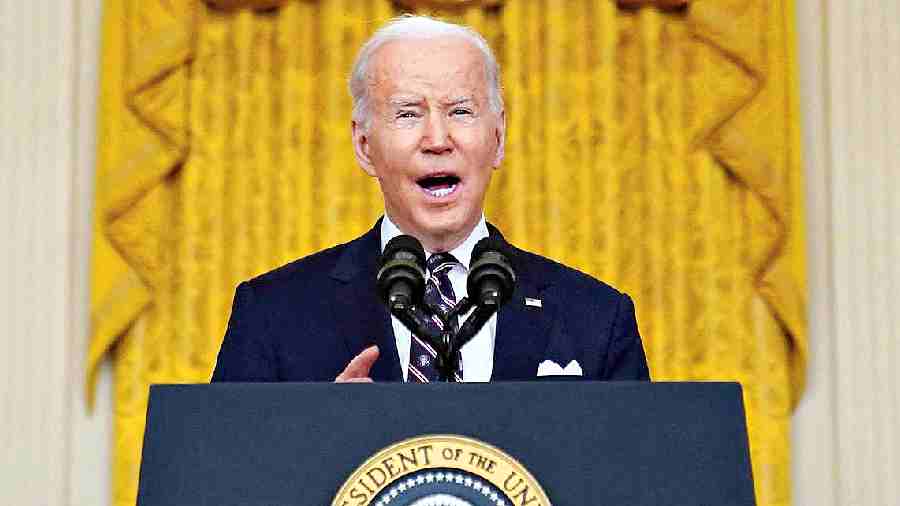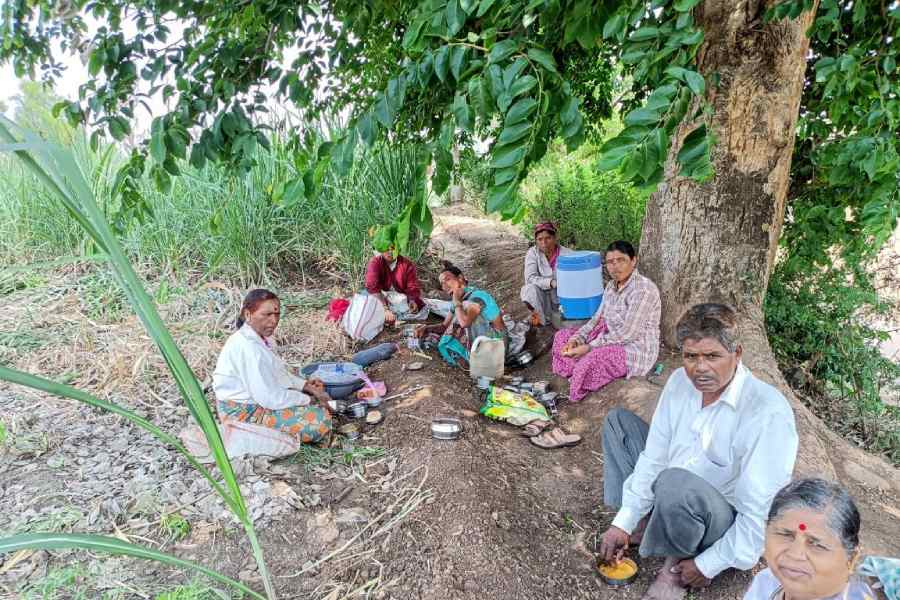As an economic response against the invasion of Ukraine, the West had collectively initiated a set of sanctions against Russia. These sanctions are drastic in terms of coverage and scale. The West had banned the trade of a large set of commodities. Russia was thrown out of the SWIFT. The forex reserves of Russia were frozen. On the economic front, the West is now trying to implement a price-cap on Russian oil. Politically, every attempt is being made to make Russia an international pariah. In the global village, being ostracised could be an economic version of a weapon of mass destruction. Interestingly, unlike poor and isolated countries, the same set of sanctions may completely fail against a powerful nation. Ignoring the red eyes of the West, many economies in the Global South did not boycott Russia. China, an economic powerhouse, went further to announce a ‘no limit’ partnership with Russia.
This economic fight between the West and the Russia-China combine is now the biggest threat to globalisation. In the past, the West took the lead to offshore production activities in poorer countries. To do that effectively, it also integrated the financial markets worldwide. Attempts are now being made to deglobalise production activities and bring them back to the West and if this is not feasible then, at least, to shift them to ‘friendly’ countries. Thus, offshoring is now increasingly being replaced by ‘friend-shoring’, leading to a realignment of global supply chains.
What will be the consequences of friend-shoring to the world economy and how should India adjust to this new environment?
We argue that the West will be a bigger loser in this game. Global cutting-edge technologies often need economies of scale and scope. It is not easy to maintain one’s dominance in these technologies with a small amount of investment. Economies of scale and scope exist in the financial sector and in the media sector as well. In case of advanced technologies, these sectors often work together and create an ecosystem. For example, the more people use Windows, more software is written on the Windows-based platform and with that its appeal increases to others. Technically, Windows need not be the ‘best’ product in the market, but it must be supported by a huge ecosystem of financial and marketing networks. A challenger in the global marketplace must build a rival ecosystem of financial and marketing support which is, by no means, an easy task. Because of this network factor, once a relatively inferior technological product of the incumbent hegemon is accepted beyond a critical limit, it starts to ‘lock in’ a market and, then, it literally becomes impossible to dislodge it unless a fresh technology wave arrives. Interestingly, cutting-edge technological products often have their own ecosystems, with one product being dependent on another. Therefore, it often becomes easier to produce such commodities jointly.
It is here that the West enjoys an enormous advantage over the Global South. In order to nullify this advantage, not only must a rival power invest in the quality of a product, but it must also invest in a complete ecosystem to support its acceptance. The best hope for the challenger is to invest heavily on research and development, build a parallel ecosystem, and then wait for a fresh technological wave that would destroy the incumbent and allow the challenger a fresh impetus to lock in its own set of products.
A fragmented world economy can, therefore, be of immense help to any rival of the West as the space vacated by the Western companies would be available to them without any addition to cost. In the absence of any competition from the West, the challengers would then easily build and consolidate their own networks and ecosystems. For example, an alternative financial platform like the SWIFT can be easily built by many countries, but the main challenge would be to make it popular among others. If potential challengers are blocked from the SWIFT, the former would then induce others to use their own platforms in international trade and if in this process a critical mass of users is reached, then the monopoly power of the SWIFT is gone forever. Vacating spaces in supporting ecosystems of finance, media and think tanks would only make the situation worse for the West as it would help its rivals attain scale in these too.
In this current uncertain environment, the thrust of India’s economic and foreign policy has, so far, been to be the bridge between the two sides of the fault line. India is on friendly terms with the West and with Russia. It had taken part in both the Quad and the Shanghai Cooperation Organisation. Interestingly, it has also conducted separate military exercises with the United States of America as well as with Russia and China. While this policy has its advantages, it also carries a great risk of being misunderstood by both sides or, worse, being targeted by both.
India’s stated economic ambition is to be a part of the supply chain of both sides. The ‘Make in India’ campaign initiated by the Government of India is an effort to that end. But a focus on ‘Make in India’ alone may not be enough for India. A much more holistic approach would be needed by India to mitigate the risk. India badly needs to augment its financial and media muscles to a global scale. On the financial side, India must push its UPI and RuPay cards aggressively and encourage the growth of rupee-based settlement systems. Along with that, India needs to expand its banking network to both sides of the fault line. Supply chain activities would need huge financial support and India should encourage its own banks to share the burden. Not only that, the freezing of assets of Russia may have seriously affected the credibility of the Western financial institutions. Given this, India must coax the population of the Global South to invest their assets in Indian banks. There may even be a tectonic shift in the safekeeping of global assets if India can market itself successfully.
As far as the media is concerned, truth becomes the first casualty in a war. The population of the Global South is now fed up with the lies peddled by the Western media about their rivals. They may not trust the media sources from Russia or China either. In this charged environment, media from a bridge economy would carry immense appeal to the entire world. Given this, Indian media should now aspire to have a global reach like Al Jazeera, which has now become a credible alternative source of news in a limited time. The global reach of Indian media and think tanks would help the country propagate its own perspective to events and enable it to counter adverse propaganda.
In a war, a bridge often becomes a crucial strategic target. In a bellicose world, India’s best bet would be not to build a single bridge, but a set of inter-connected bridges along the fault lines.
Kaushik Bhattacharya is a professor at the Indian Institute of Management Lucknow. Views are personal










